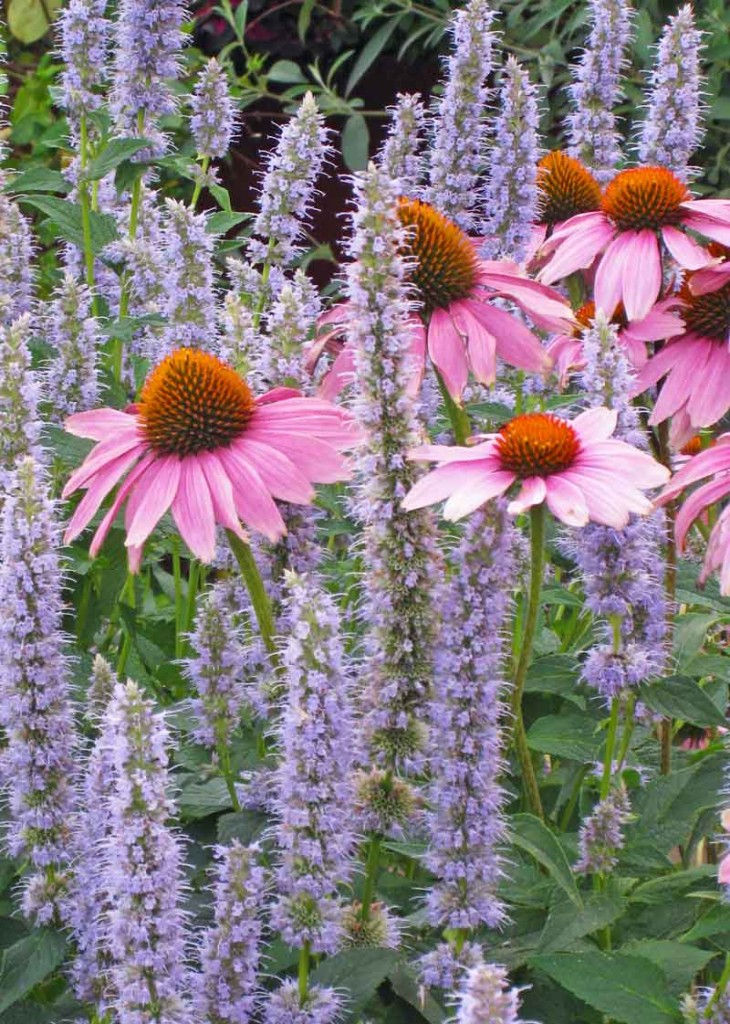Agastache: “Super Stars” of the Perennial World – Part 2
- Waterwise Gardening | David Salman
- Dec 27, 2016
- 2 min read

It’s no surprise that gardeners across the country are bringing Agastache plants into their gardens. Some of these new hybrids are worthwhile while others appear to not be anything really exciting. Never-the-less, I’m excited that this genus is becoming more widely grown.I think that there has been some sales hype and mis-information about growing the Agastache. Reading many garden website posts about the plants, it’s clear that this has created some unrealistic expectations among gardeners who are just starting to grow plants of this genus.
The key to growing great Agastache plants? It’s simple.
1. provide a fast draining soil that’s naturally low in fertility,
2. plant in full hot sun,
3. don’t over amend their soil with too much rich compost,
4. don’t over-fertilize your plant and
5. resist the temptation to over-water established plants (new transplants need regular irrigation their first growing season to establish themselves).
For Agastache, too much of a good thing in the garden results in huge, over-grown plants with poor flowering or un-naturally elongated, sparse flower spikes. Often times these over-stimulated plants will fail to over winter. Hummingbird Mints are naturally vigorous, fast growing perennial plants. Establish them with ample water the first growing season and fertilize moderately each fall with slow acting natural or organic fertilizers. But beyond that, apply “tough love.” When grown properly the plants will amaze you and come back much more reliably.
Recommended Hummingbird Mints (Hyssops) that will stand the test of time, Part 2
Agastache cana ‘Rosita‘; a rose-pink native beauty I discovered growing among a group of our Agastache cana plants grown from habitat collected seed. ‘Rosita’ stood out from the others because of its compact stature (only about 2/3rds as tall as the usual A. cana plant) and its profusion of flowers tightly packed into the flowering spikes. ‘Rosita’ has roughly 50% more individual flowers per spike than is typical for the species. Grown from cuttings collected from that one original plant, ‘Rosita’ is especially useful in smaller spaces and makes a superb companion for just about any other summer/early fall blooming perennials (such as Echinacea ‘Rocky Top Hybrid’, Lavender ‘Buena Vista’ and Hymenoxys) that enjoy full, hot sun and a lean, well drained loam or sandy-loam soil.
































Comments